Aims:
To teach usage of the First Conditional.
To develop speaking and reading skills.
To bring up attention at the English language lesson.
Ход урока.
I. Organization moment.
Good morning children! How are you? I’m very glad to see you! What is the date today? What day of the week is it?
II. Phonetic drill.
Let’s pronounce the sound [ð], [θ] children pronounce this sounds with teacher, then they pronounce the phonetic drill:
This – think – these – thank – thumb – thousand
III. Introducing the first conditional.
Types of Conditionals.
Conditional sentences can be divided into Conditional 1 (or real condition), Conditionals 2 and 3 (unreal condition).
The first conditional shows that, from the speaker's point of view, the situation is quite possible. In the main clause the Future forms or verbs in the Imperative Mood are used; in the clause of condition the present tense forms are used. Example: If the weather is sunny tomorrow (this is quite probable), we'll go on a hike.
Условные предложения первой группы показывают, что, с точки зрения говорящего, ситуация вполне реальна.
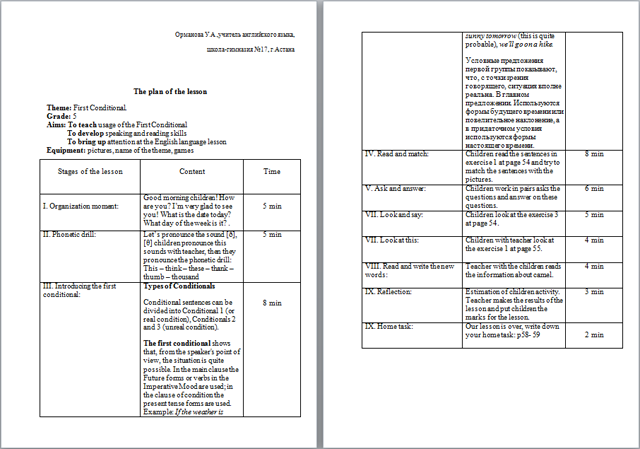
В главном предложении. Используются формы будущего времени или повелительное наклонение, а в придаточном условия используются формы настоящего времени.
IV. Read and match.
Children read the sentences in exercise 1 at page 54 and try to match the sentences with the pictures.
V. Ask and answer.
Children work in pairs asks the questions and answer on these questions.
VII. Look and say.
Children look at the exercise 3 at page 54.
VII. Look at this.
Children with teacher look at the exercise 1 at page 55.
VIII. Read and write the new words.
Teacher with the children reads the information about camel.
IX. Reflection.
Estimation of children activity.
Teacher makes the results of the lesson and put children the marks for the lesson.
IX. Home task.
Our lesson is over, write down your home task: p58- 59.

 Получите свидетельство
Получите свидетельство Вход
Вход




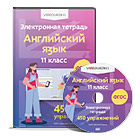
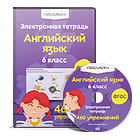
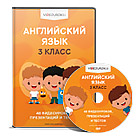
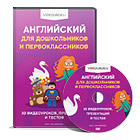
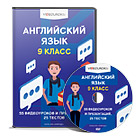
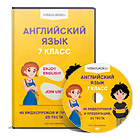
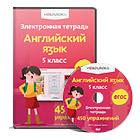
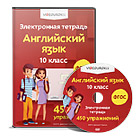
 Разработка урока по английскому языку "First Conditional" (44 КB)
Разработка урока по английскому языку "First Conditional" (44 КB)
 1
1 4508
4508 390
390 Нравится
0
Нравится
0


